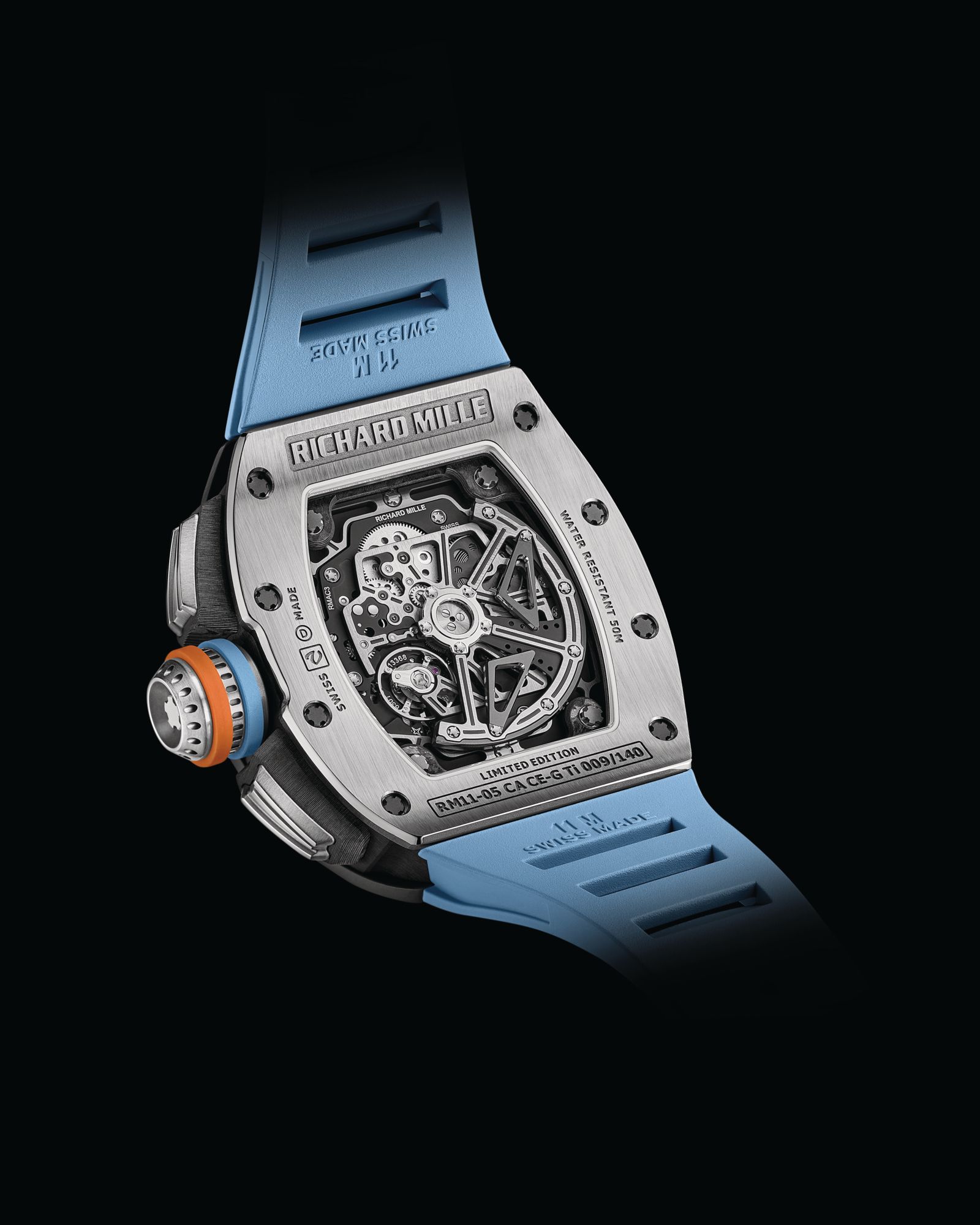Watchmakers are finally going online in a bid to jumpstart sales. But with boutiques closing around the world because of Covid-19, what does this mean for collectors?
From augmented-reality filters that let you “try on” watches to virtual sales assistants offering up-to-date advice, today’s use of technology by watchmakers is striking for an industry that has famously clung to tradition. Even before the coronavirus outbreak, high-end watchmakers were struggling, particularly towards the end of last year after months of pro-democracy protests in Hong Kong, which is an important market for Swiss timekeepers. So when governments imposed Covid-19 lockdown measures just a few months later, the brakes were well and truly put on “Swiss Made” watchmakers everywhere.
For Giles English, co-founder of aviation-themed watchmaker Bremont, the numbers are impossible to ignore. “The industry has been badly hit,” he says, “but it will certainly recover.” Watch exports plummeted by more than 20 per cent in March compared to last year, according to a report released by the Federation of the Swiss Watch Industry (FHS). Another study by private investment group Bank Vontobel predicts that exports will decline by 25 per cent in 2020, exceeding figures from the legendary quartz crisis of 1975 (down 15.2 per cent) and the more recent 2009 financial crisis (down 22 per cent). But don’t worry, your pocket-sized investments are still safe. That same report predicts that exports will bounce back by about 15 per cent in 2021.
See also: August 2020: What's New In Watches

Bouncing Back
“The industry hasn’t been brought to a standstill,” says Tim Malachart, marketing director of Richard Mille. In March, the pandemic resulted in the forced closures of watchmaking factories for several weeks. Now that manufactures have resumed production, Malachart reveals business is as good as ever. “We’re experiencing the same number of new orders as we did pre-Covid and none of our existing orders have been cancelled.” Richard Mille designs some of the world’s most complicated mechanical timepieces. Especially ambitious is the brand’s new RM 11-05 Automatic Flyback Chronograph GMT. An ultralight limited edition, which was launched just last month, its rectangular case hugs the wrist and comes with a 24-hour flyback chronograph, which is used as a stopwatch.
“Since the crisis began, I’ve actually seen an increase in the interest in watches,” agrees English, and this year’s online auctions provide further proof. Sotheby’s first two virtual watch sales totalled an impressive US$2.2 million, during which 95 per cent of lots were sold, with over half achieving prices above their estimates. A 2014 Patek Philippe Nautilus went under the hammer for a costly US$484,000, and a Rolex Paul Newman Daytona, circa 1968, was picked up for US$306,518. And with many collectors still unable to visit boutiques in person because of social distancing restrictions or store closures, brands are finally waking up to the benefits of online commerce.
See also: Band Of Brothers: The Best Luxury Military Watches For Men


